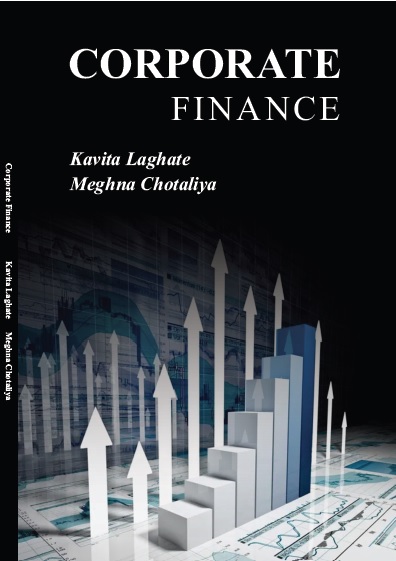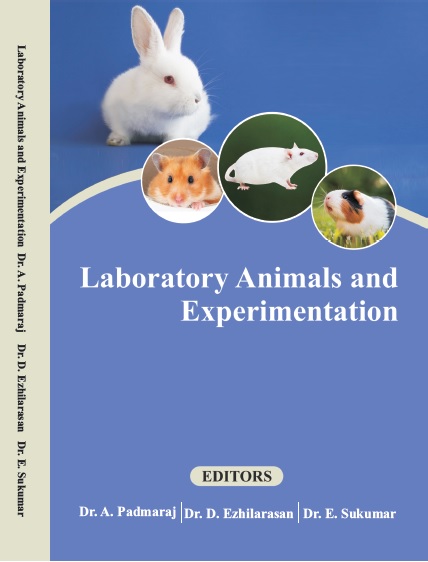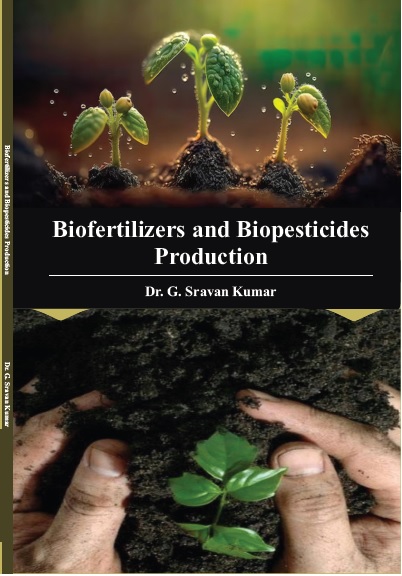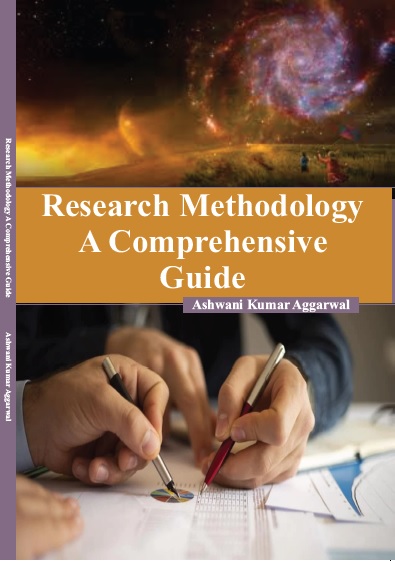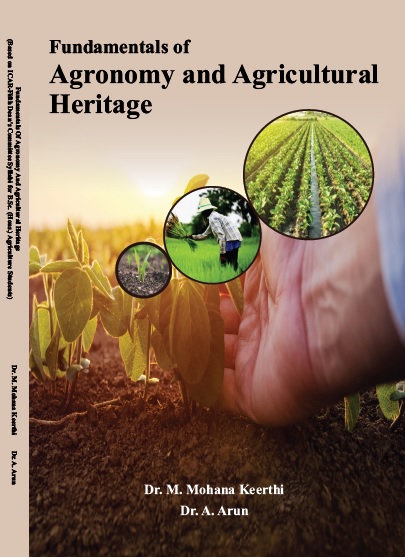LIFE SCIENCES
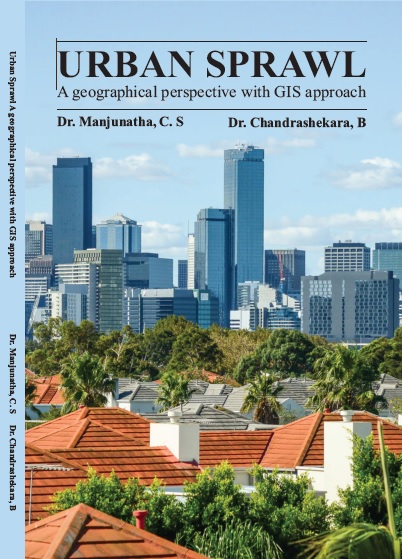
Urban Sprawl A Geographical Perspective With Gis Approach
by Dr. Manjunatha, C.S.
ISBN Number : 978 - 81 - 953072 - 2 - 7
Authors Details
| Author Name | Image | About Author |
|---|---|---|
| Dr. Manjunatha, C.S. |  |
Dr. Manjunatha, C. S., Assistant Professor in Geography, has completed M.Sc. Geography
in 2009 from the University of Mysore, Mysuru. He has cleared the State Level Eligibility
Test for Lectureship and National Eligibility Test for Lectureship in 2012. He has done his
Ph.D. in 2020 from University of Mysore, Mysuru. He started his teaching profession as
Assistant Professor at Karnataka State Open University from 2012. Currently, he is serving
as Chairman, Department of Studies and Research in Geography, Karnataka State Open
University, Mysuru. He has published many research articles in national and international
peer reviewed journals and many articles in edited books and conference proceedings. |
| Dr. Chandrashekara, B |  |
Dr. Chandrashekara, B., Professor in Geography, has obtained his Master's degree in
Geography with rst rank and gold medal from the University of Mysore in 1989. He has
cleared NET in 1994 and obtained Ph.D. in 1998 from University of Mysore. He started his
teaching carrier as lecturer at Government College in 1989 and served as lecturer and senior
lecturer from 1996 to 2007 at University College Mangalore. He has been selected as Reader
at University of Mysore in 2007, promoted as Associate Professor in 2008 and became
professor in 2011. He served as Chairman, DOS in Geography, University of Mysore, from
2019 to 2021. He has published several research articles in national and international peer
reviewed journals and edited books. He visited Hong Kong Baptist University and presented
a paper at the international conference in 2006 |
Book Description
Urban sprawl is one of the issues associated with rapid urbanization. Now, sprawling is more intensive in developing countries due to rapid urbanization than developed countries. Sprawl hurts not only dwellers of sprawl areas but also residents of core city. It encourages overreliance on own vehicles which causes trafc problems like delays, congestion, excessive use of fuel, air pollution etc. and also adversely impact on human physical and mental health. Besides, sprawl encroaches open space, agricultural elds, water bodies, forest and fragments natural habitat and animal corridors in urban region. This book is an outcome of research work carried for several years using latest technologies like Remote Sensing and Geographic Information System. The study analyzed the sprawling trend in the Mysore Planning District from the year 2000 to 2016. This book shed light on conceptual development of urban sprawl through review of literature and land use land cover change, spatial structure and patterns of urban growth, spatial pattern of urban sprawl and assesses the impacts of urban sprawl in the Mysore city. It aims to seek the attention of town planners, administrators, academicians and researchers towards trend, characteristics, intensity, causing factors and impacts of urban sprawl. Thereby, to achieve sustainable urbanization through minimizing adverse impacts of urban sprawl. Chapter one of this book covers extensive introduction to urban sprawl, theoretical review of literature including denition, characteristics, causes, consequences and methodological techniques to identify the land use land cover change and quantication of urban sprawl. And chapter one also includes case study of Mysore city including statement of the problem, study area, objectives of the research work and materials and methods adopted for the study.Chapter two analyzed the spatial extent of LULC classes and its changes in the Mysore Local Planning District and its four zones delineated as North East, North West, South East and South West directions for micro level understanding. It also includes conversion of LULC classes into built-up and compares the net changes of LULC Classes across four directions/zones. Chapter three covers characterization (spatial structure and patterns) of urban growth using Landscape Metrics in the Study Area as well as four zones. Besides it also covers comparison of landscape indices across the four directions using Kruskal–Wallis test. Chapter four includes measuring spatial pattern of urban sprawl using Shannon entropy and identication of high sprawl zones across four zones. Chapter ve includes assessment of impacts of urban sprawl such as extent of own vehicles use, impacts on human health and sense of community/ neighborhood, impacts on agriculture, impacts on environment and impacts on water bodies. Chapter six covers major Findings of research work, suggestions to improve management of urban growth, summary and nally conclusion.







